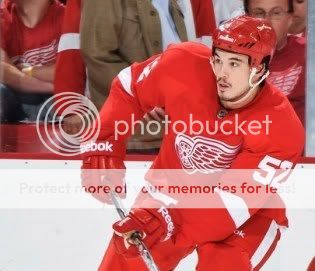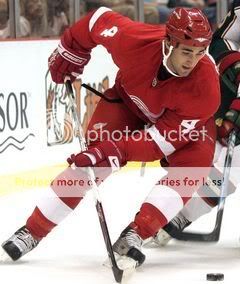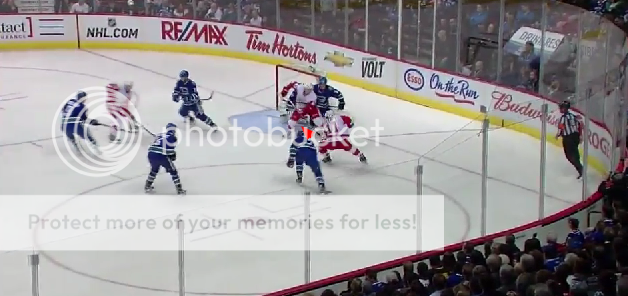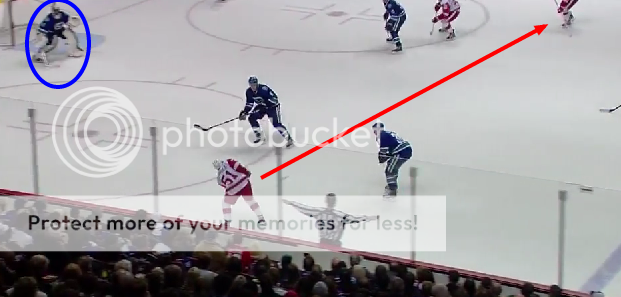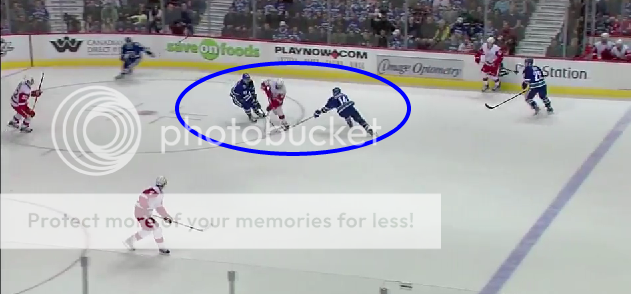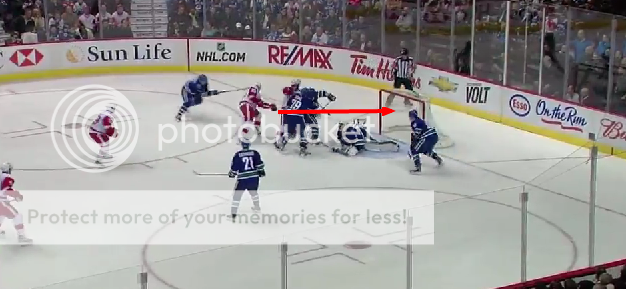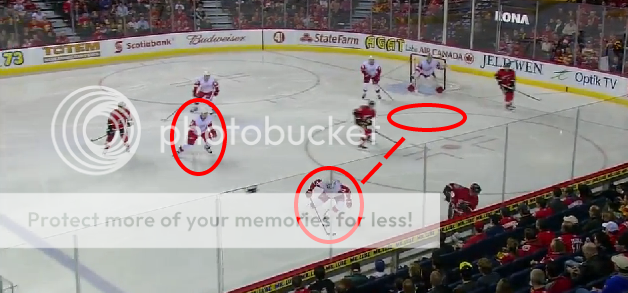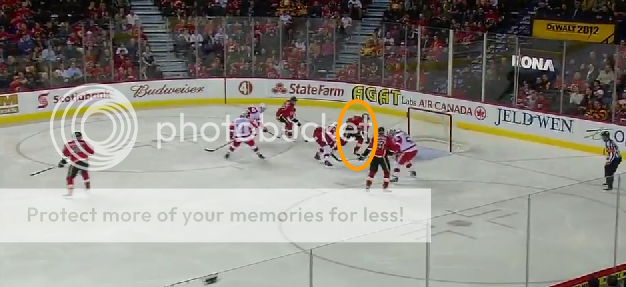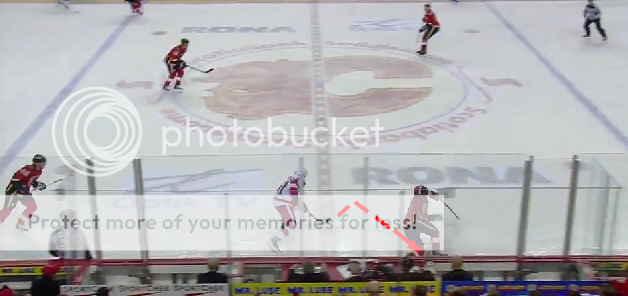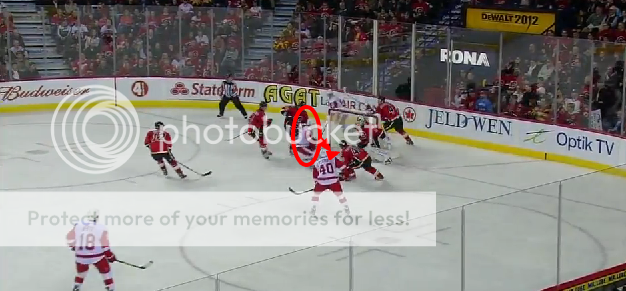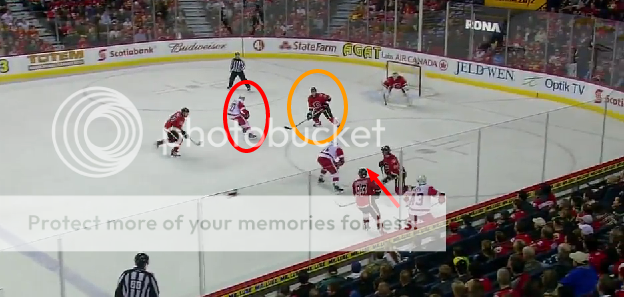Yesterday's post looked at Jonathan Ericsson's even strength stats and what his value to the Wings in 5 on 5 play. Today we narrow the focus to special teams play in an attempt to tease out what extra value Ericsson might hold. In other words, are the people that dog him correct, or is there a good reason he's become a mainstay on the back end?
Ericsson is averaging 1:54 of shorthanded ice time per game. Brad Stuart leads the Red Wings with an average of 3:10 of penalty kill time per game, while Kronwall is second with 2:53. Ericsson averages ice time similar to Nick Lidstrom's 1:55. Judging solely by ice time Ericsson is a second tier guy, but nevertheless a player worthy of utilizing on the PK.
Differences start to emerge when Relative Corsi Quality of Competition is looked at. Just like at even strength, Ericsson again faces the lowest Relative Corsi QoC among the regular d-men on the penalty kill at 2.898. Kyle Quincey's Relative Corsi QoC is the highest at 5.066, but that number doesn't mean much since most of his stats come from his time in Colorado. Kronwall, White, and Lidstrom are grouped closely together between 4.685 and 4.346. Stuart then checks in at 3.709. Whatever the rest of the stats bear out, keep in mind that it was accomplished against the weakest competition and Wings defenseman has faced on the penalty kill.
Relative Corsi provides some interesting information. This stat, which measures the number of shots a player generates when he's on the ice relative to the shots his team generates when he's off the ice, is Ericsson's most impressive. He leads the team by a mile with a relative Corsi of 17.5. Comparing this to Lidstrom's +1.6 and White, Stuart, and Kronwall's negative numbers shows how impressive this is. Somehow, Ericsson is generating more shorthanded shot attempts than powerplay shots he's facing when he gets 4 on 5 ice time.
Ericsson hasn't been on the ice for any shorthanded scoring whatsoever, but he has been on the ice for 9 powerplay goals allowed by the Wings. His average on-ice goals against per 60 minutes is a team leading 4.61, while the rest of the Wings are bunched together in the 6.2+ range and White is the outlier at 7.48. Due to the absence of shorthanded scoring, Ericsson's goal differential is -4.61. To add a bit of perspective, the goal differential for the Wings as a team was -6.58.
So what does it all mean?
Ericsson's stats pain a picture of a player who is frustratingly enigmatic. His even strength play is average, while it seems that he really shines on the penalty kill.
Offense is clearly something that isn't a part of Ericsson's game, as indicated not just by his lackluster scoring statistics but also the fact that he doesn't play on the power play. Big E does generate shot attempts when he's on the ice, but he isn't special. He generates no more shot attempts than the Wings do when he's not on the ice, despite playing against weaker competition than the rest of Detroit's D-corps.
As Matt pointed out in the comments section of the first post, Ericsson turns the puck over far too often while not taking it away enough to compensate. This, along with a high rate of penalty taking, are perhaps Ericsson's biggest weaknesses.
The most impressive statistics for Ericsson come on the penalty kill, bar none. He's once again playing against weaker competition, but his shot attempt generation and goal differential are both surprisingly good. If there's an answer to the question of why Babcock still plays him, it can likely be found in Ericsson's penalty killing abilities.
They may not tell the entire story, but statistics suggest that Jonathan Ericsson is an average-at-best even strength player with little offensive upside whose one true skill is preventing powerplay goals while simultaneously not just taking away shots but generating shots when shorthanded.
Over the next month it looks like the Wings are losing a player who is strictly serviceable at even strength, nonexistent on the powerplay, and strong on the penalty kill. The Wings' primary concern should be finding a quality replacement on the PK, as it won't be hard to replace Ericsson's contributions elsewhere.

